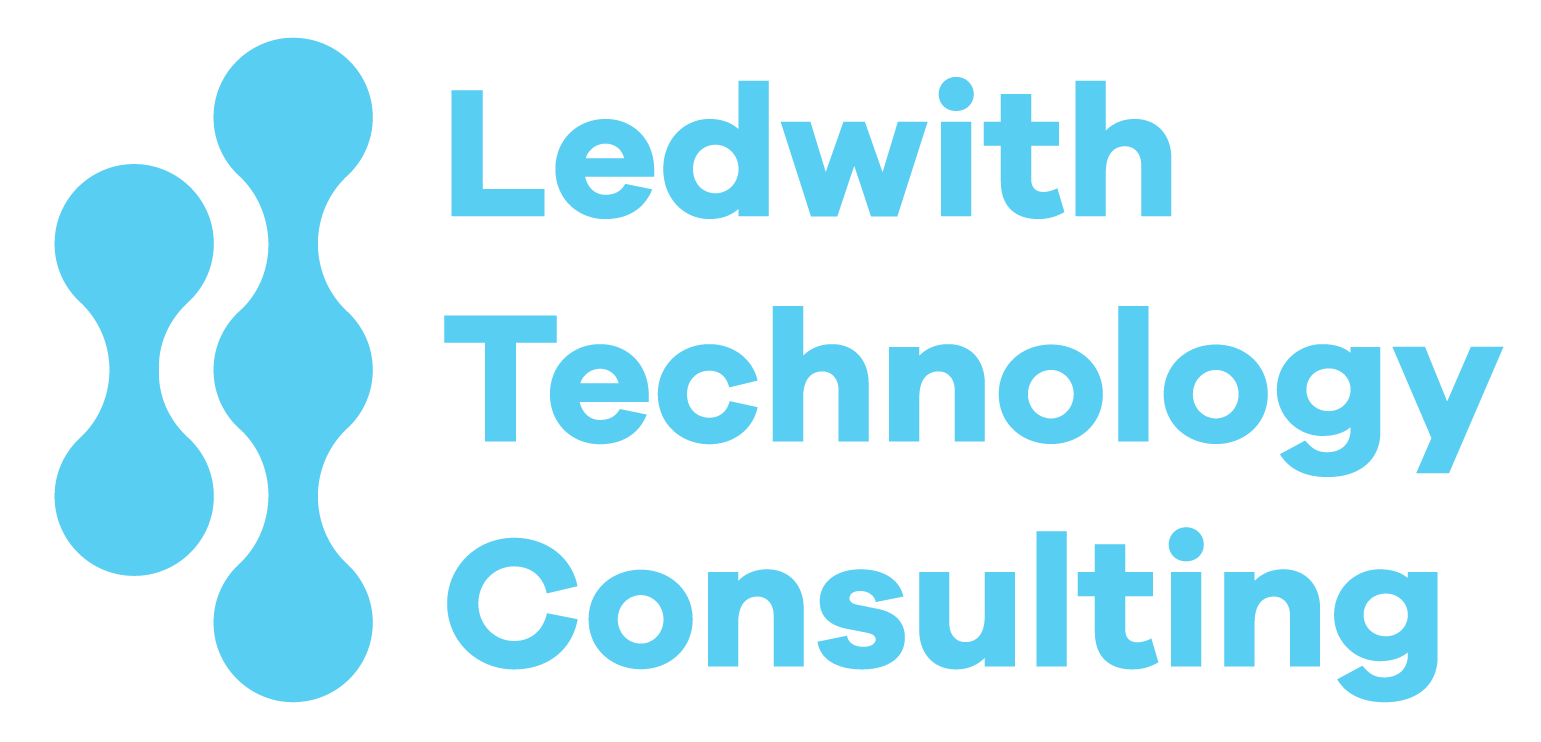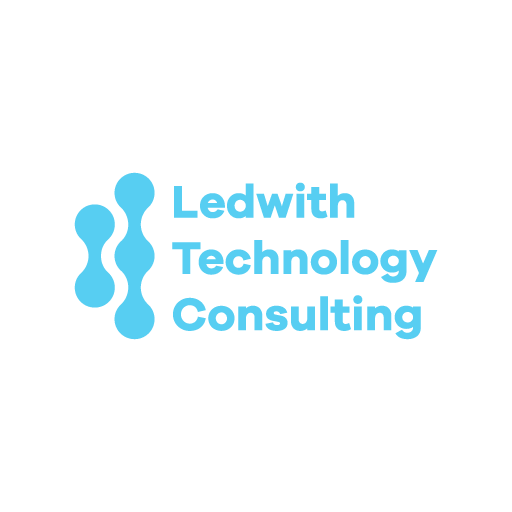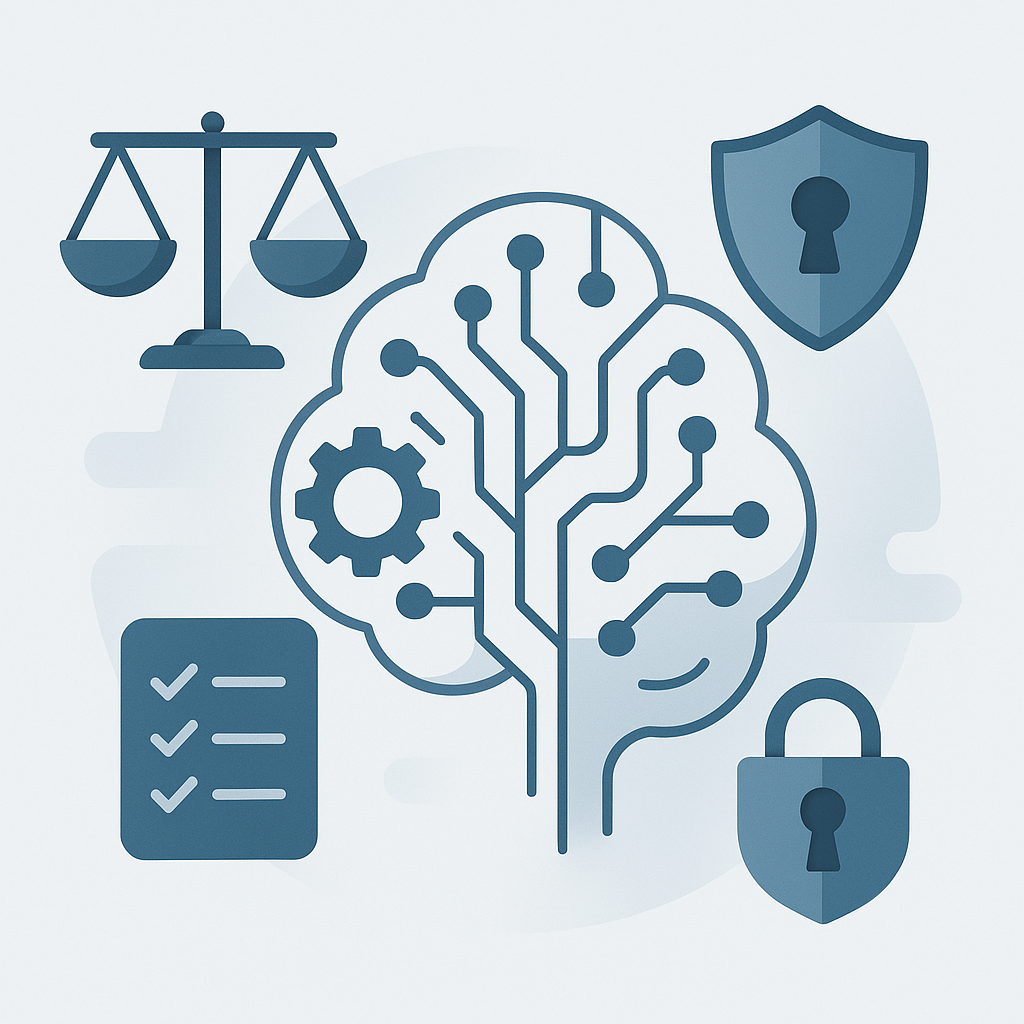By Stephen Ledwith June 10, 2025
AI Project Readiness Checklist
Use this checklist to evaluate your AI project’s readiness for scaling while maintaining quality and stability. Designed for senior technology leaders, engineering managers, product leaders, and executives, these questions will help you identify gaps and prioritize actions to ensure your AI initiatives succeed in a distributed, AI-driven workplace.
Download this checklist as a PDF or use it as a guide during your next project review. Answer each question with “Yes,” “No,” or “In Progress,” and note action items for areas needing improvement.
1. Alignment with Business Goals
- Are your AI initiatives tied to clear business outcomes (e.g., revenue growth, customer retention, operational efficiency)?
- Have you defined specific, measurable KPIs for your AI project (e.g., model accuracy, latency, or business impact)?
- Are non-technical stakeholders (e.g., executives, product managers) aligned on the project’s objectives and expected outcomes?
Action Items: If “No” or “In Progress,” schedule a cross-functional alignment meeting to define KPIs and ensure stakeholder buy-in.
2. MLOps and Automation
- Do you have an automated MLOps pipeline for model training, deployment, and monitoring (e.g., using tools like Kubeflow or MLflow)?
- Are models automatically retrained or updated to handle data drift or changing conditions?
- Is real-time monitoring in place to detect anomalies in model performance (e.g., using Prometheus or Grafana)?
Action Items: If “No” or “In Progress,” prioritize building or enhancing your MLOps pipeline to automate key processes.
3. Testing and Quality Assurance
- Do you have unit tests for code and integration tests for data pipelines?
- Are stress tests in place to simulate real-world conditions (e.g., high traffic or edge cases)?
- Is A/B testing or similar validation used to confirm model performance before full deployment?
Action Items: If “No” or “In Progress,” invest in testing frameworks like Great Expectations for data quality or implement A/B testing protocols.
4. Cross-Functional Collaboration
- Are data scientists, engineers, and product teams regularly collaborating on shared goals?
- Do you have documented processes (e.g., in Jira or Confluence) to track decisions and align distributed teams?
- Are regular syncs (e.g., weekly or biweekly) in place to maintain alignment across time zones?
Action Items: If “No” or “In Progress,” establish recurring cross-functional syncs and a shared documentation platform.
5. Stakeholder Education
- Have non-technical leaders been trained on AI’s capabilities and limitations (e.g., data dependency, bias risks)?
- Do stakeholders understand the trade-offs between speed and stability in AI development?
- Is there a process for communicating AI project progress and risks to non-technical stakeholders?
Action Items: If “No” or “In Progress,” create a short workshop or cheat sheet to educate stakeholders on AI fundamentals.
6. Technical Debt Management
- Have you assessed your codebase and pipelines for technical debt (e.g., undocumented code, untested models)?
- Is there a plan to refactor or address technical debt before scaling further?
- Are you prioritizing modular, reusable code to simplify future updates?
Action Items: If “No” or “In Progress,” conduct a technical debt audit and allocate resources for refactoring critical components.
Next Steps
- Review Your Answers: Tally your “Yes,” “No,” and “In Progress” responses. Areas with “No” or “In Progress” are opportunities for improvement.
- Prioritize Actions: Focus on high-impact areas like KPI alignment and MLOps automation to drive immediate results.
- Share Feedback: Have a success story or challenge in scaling AI? Share it in the comments or on LinkedIn to join the conversation.
Download the PDF version of this checklist to share with your team, or revisit it during your next project planning session. For more insights on scaling AI, check out our blog post: Balancing Speed and Stability: How to Scale AI-Driven Development Without Sacrificing Quality.




